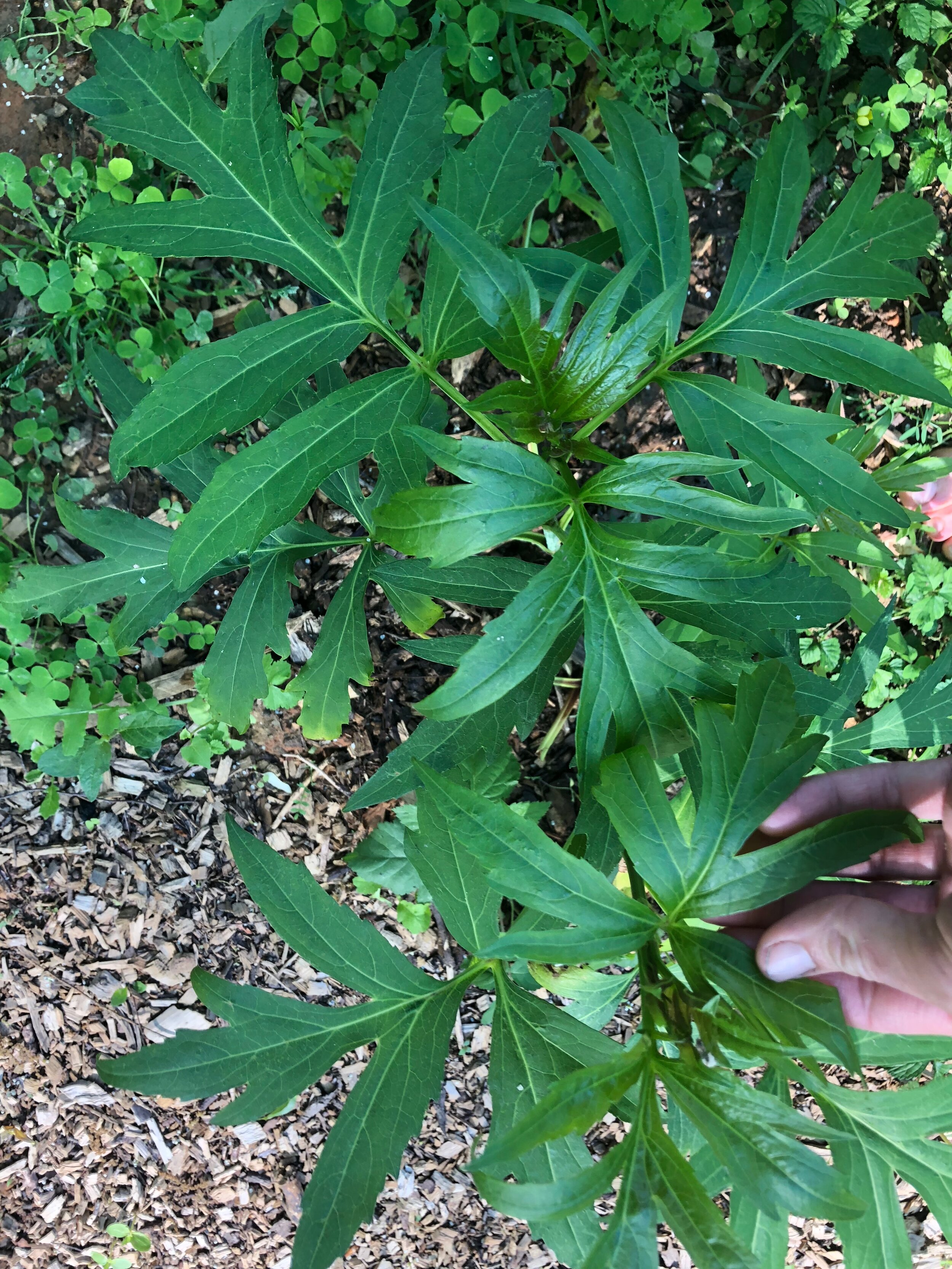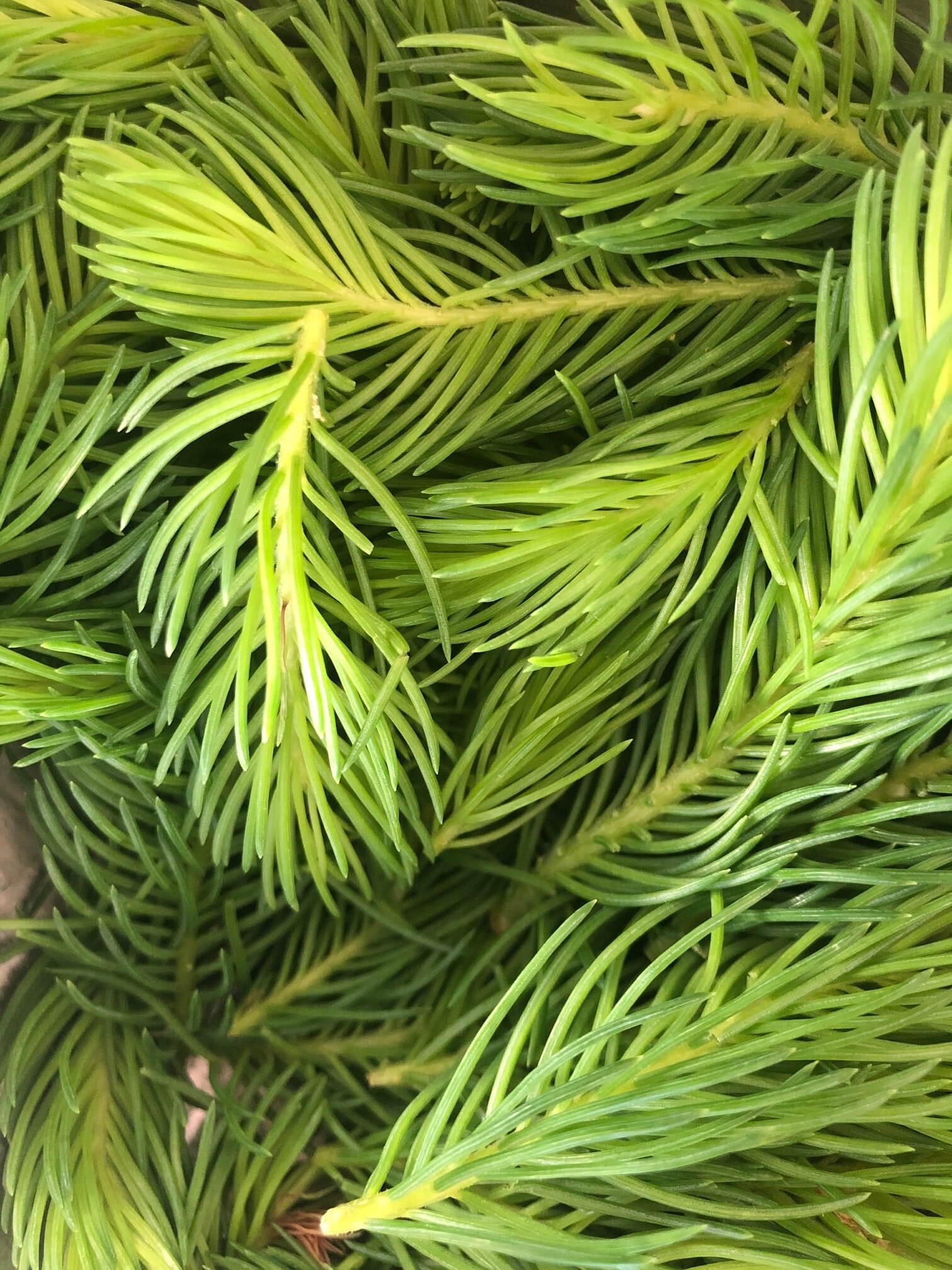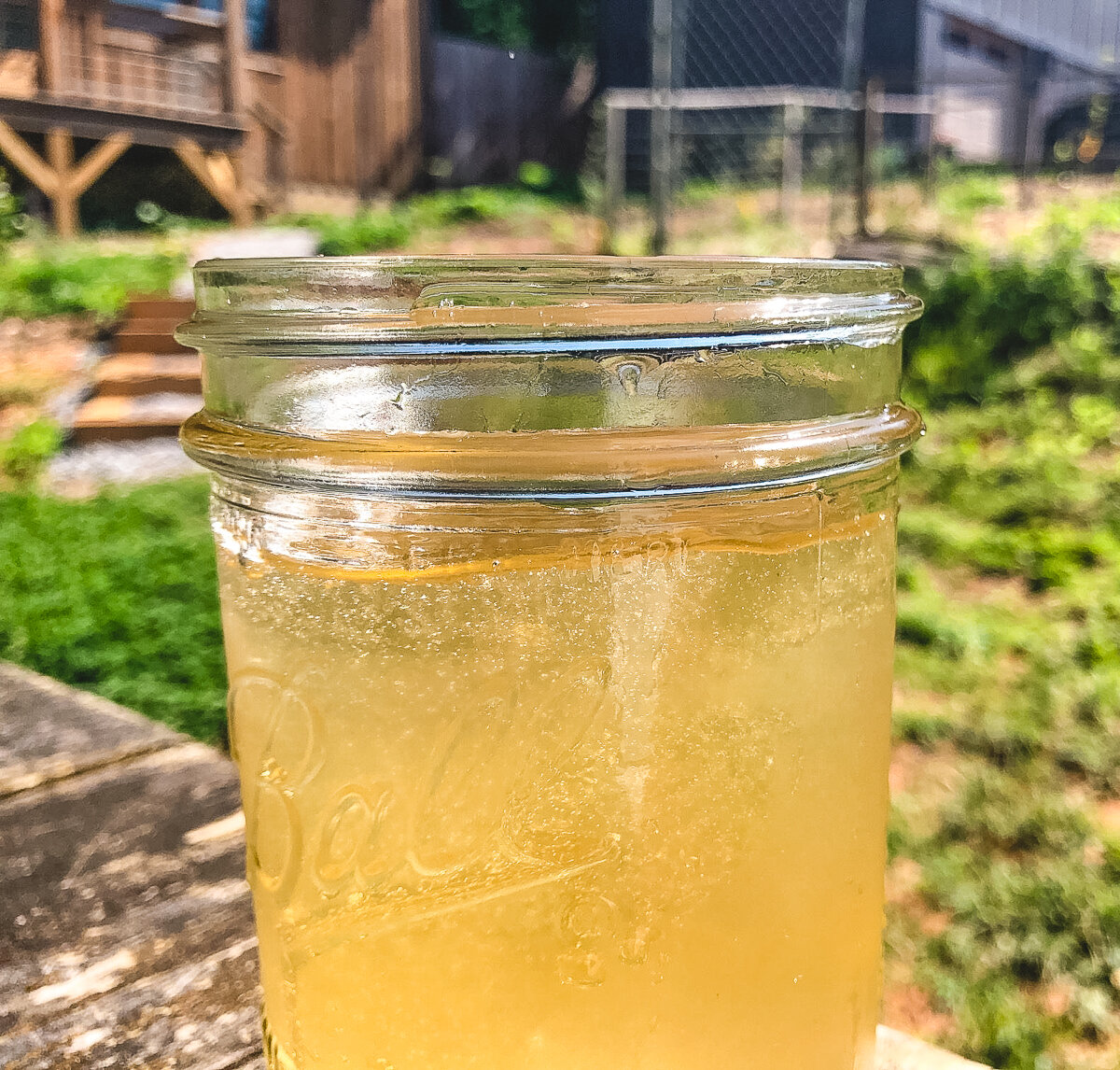Wild greens in the spring kitchen
Long before those first, tentative leaves of lettuce in the garden are ready for harvesting, nature’s spring greens have already gotten a head start. No need to wait to start eating from the land! Foraging for nutritious greens from the wild is one of the most potent ways to connect with nature in spring.
Here are some of my favorite wild-foraged spring greens and what I like to do with them in the kitchen.
Wild greens pesto
Don’t get me wrong: I do think basil is the food of the gods. But honestly, what really makes pesto pesto is the blend of garlic, olive oil, and Parmesan; any green with a little bit of a kick to it goes beautifully with these ingredients. If it’s too early even for arugula, I’ll go for the wild greens growing abundantly everywhere: chickweed, wild onion, and deadnettle. This version I made had locally foraged black walnuts in place of pine nuts, making it a truly place-based food.
To make:
Collect at least a colander-full of edible wild greens: chickweed, wild onion, deadnettle is a good combo. Process 2 plump garlic cloves with 1/2 tsp salt and 3 tbsp of pine nuts or walnuts with a food processor or by hand into a fine paste, then start adding the greens by the handful and process until smooth. Add 1/2 cup of extra virgin olive oil. Finish with 1/2 cup of finely grated Parmesan cheese and serve.
Sochan and dandelion smoothie
My 4-year-old is a picky eater. To up her intake of greens, I regularly trick her by adding them to smoothies and juices. Thankfully, some of the most potent greens, nutritionally speaking, grow in our backyard; and in the spring, the tender, young leaves of dandelions and sochan make it into our smoothies.
Not so sure about dandelion? Then try sochan! This mild green, also known as cutleaf coneflower, is a traditional food plant of the Cherokee and one of the easiest and most satisfying to add to any dish that calls for greens. Sochan grows wild along riverbanks and wet woodlands, but is also easy to grow in the garden. Sochan has many health benefits, but it’s in the mineral department that it excels over better-known superstar vegetables such as kale: it has more manganese, zinc, phosphorous and copper than kale (in case of manganese, it has five times the amount!)
To make: blend bananas, frozen blueberries, almond milk, and sochan in a blender or with an immersion blender. I sometimes add almond butter, collagen powder, or ground maca root for an extra energy boost.
Spruce Tip Fizz
You know those light green, tender new shoots at the end of spruce tree branches in the spring?
Yes, those.
While you’re out foraging for wild greens in springtime, collect some of those tips too to make a most decadent spruce tip syrup. We mix it with sparkling water for a favorite springtime drink, but it could also be used to glaze a roast chicken etc. The flavor and aroma is just like stepping into a fresh, lush evergreen forest.
To make:
Collect just the light green new tips (only pick from a large, established tree). To make the syrup, use equal amounts spruce tips, water, and sugar (I used 2 cups of each). First bring the water and sugar to boil, mixing so that the sugar dissolves. Then add the chopped spruce tips, turn off heat, cover the pot, and let cool, ideally until the next day. Strain through a fine strainer or cheese cloth. The finished syrup will keep in the fridge for 3 months.







